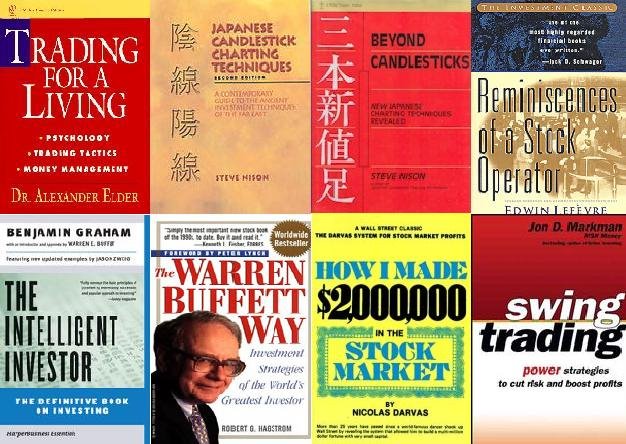
Definition according to Investopedia
Support is the price level which, historically, a stock has had difficulty falling below. It is thought of as the level at which a lot of buyers tend to enter the stock.
Resistance is the price at which a stock or market can trade, but which it cannot exceed, for a certain period of time.
Breakout is a price movement through an identified level of support or resistance, which is usually followed by heavy volume and increased volatility. Traders will buy the underlying asset when the price breaks above a level of resistance and sell when it breaks below support.
Breakdown is price movement through an identified level of support, which is usually followed by heavy volume and sharp declines. Technical traders will short sell the underlying asset when the price of the security breaks below a support level because it is a clear indication that the bears are in control and that additional selling pressure is likely to follow.

Confusing. Hmm, for once, Investopedia's definition actually is confusing.
Let's see if this critic can do a better job :P
Let's go back to the the definition of Technical Analysis post where I said that market is ultimately about Supply and Demand. What drives this - Supply and Demand? Perception.
The perception that the current price is cheap in relative to its future price - hence a buy.
The perception that the current price is expensive in relative to its future price - hence a sell.

So, based on psychology, my definition would be
Support is where market players think the price is cheap in relative to future price
Resistance is where market players think the price is expensive in relative to future price
Breakout is where previous Resistance level is broken as market players think that price will be higher in the future
Breakdown is where previous Support level is broken as market players think that price will be lower in the future

There are several ways to identify support or resistance.
1) Gaps
Western Technicals uses gap. The Japanese equivalent would be the Rising Window and Falling Window of the candlestick pattern. Hence, it is more of a zonal support and resistance rather than a specific point. Confirmation of breakout required – to test the staying power.
2) Consolidation point
This is where a period of consolidation is used as a zonal support and resistance.
Say a stock went from a downtrend 3.00 and stayed in consolidation in 2.50. After a while it resumed the downtrend to 2.00 before rebounding. The 2.50 zone will be a primary resistance point. The idea is that people who were holding the stock at 2.50 may not have cleared its position. The longer the consolidation period, the higher the strength of support and resistance.
3) Highest/Lowest point
Using the most recent highs or lows as support and resistance. The idea behind this is that when it reaches the recent highs or lows, the general perception is that the stock is expensive or cheap. Hence a good time to sell or buy.
4) Fibonacci levels
The technique of using 23.6%, 31.8%, 50% and 61.8% as a measure of overreactions in price actions. This would be covered under a separate post.
5) Pattern’s Technical Target
The idea is that when a pattern breakout occurs, there is a technical target. Assuming there is a number of pattern technical analysts, then the selling or buying point has been reached. Not a good indicator of support and resistance due to the self-fulfilling nature of Patterns Method.
6) Previous Support becomes a Resistance. Previous Resistance becomes a Support. The idea is simple. Previous support, a lot of buyers went in.
However, a breakdown occurred. Some cut loss. Some have not.
Those who have not, would be content to get out at small gain/loss or breakeven.
Hence the Resistance is formed.
Hereby offer you all in one chart for your reference.
Sample: Proton



2 comments:
Basically, there are four types of gaps. There are the area or pattern gaps, the breakout gaps, the runaway gaps and the exhaustion gaps.
The breakout gaps are the ones we should pay special attention especially when the breakouts have good volume before and after the breakout. The runaway or continuation gaps follow the breakouts, and the exhaustion gaps will usually end the steep uptrend. In charts, there are no certainty, only odds in favor or against.
Good addition Ben.
Will definitely write a whole topic about Gaps :)
Post a Comment